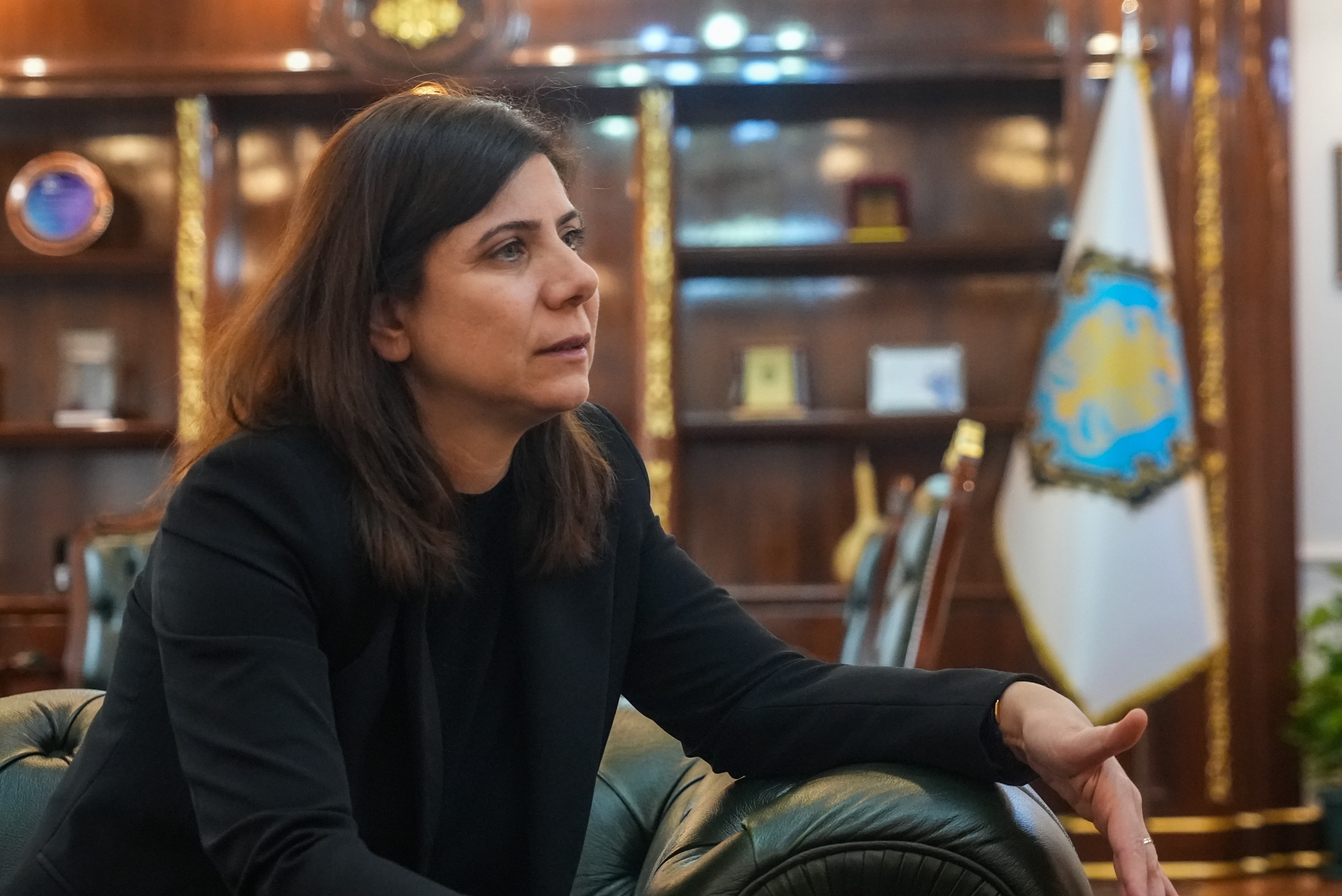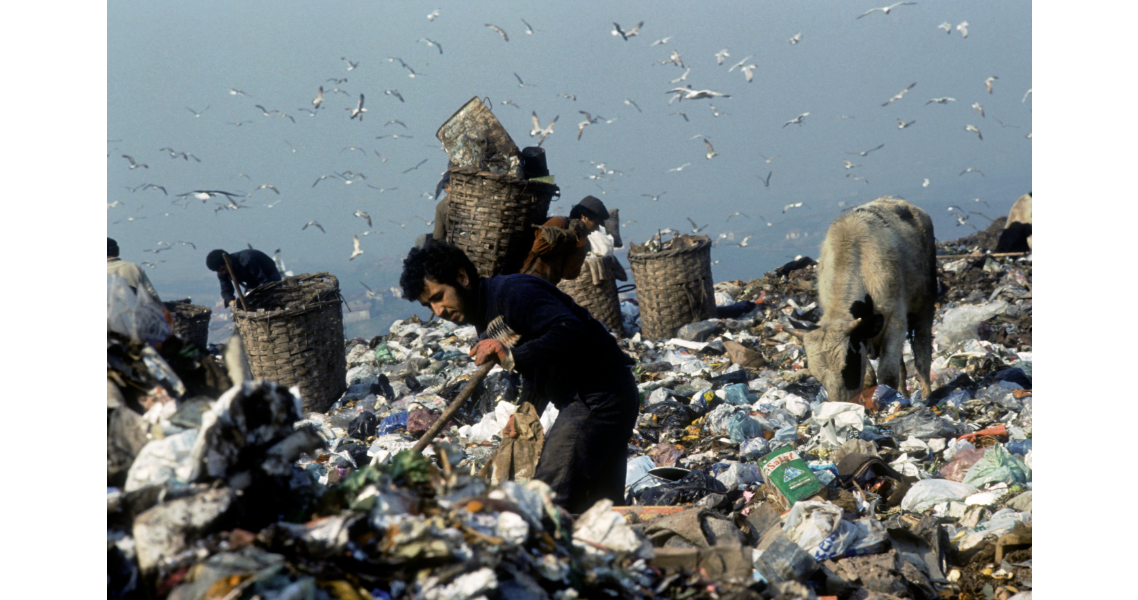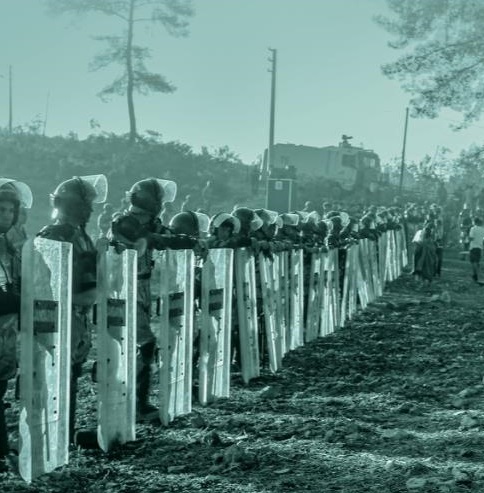Today, the city is being conquered again. But from whom? There are no more Orthodox left – although the few remaining are still persecuted and victimized by the state...
Hagia Sophia is one of the most spiritually inspiring locations that I know.
Its deep impact is not limited to the marvellous beauty of the building and its mystical interiors. Any visitor cannot escape the fact that Hagia Sophia was designed, built, and worshipped for centuries as Orthodox Cathedral. This Christian religious site was first converted by force to become a mosque in 1453, when Ottoman armies overran Constantinople. Chronicles who narrate the conquest of the city describe how Janissaries entered Hagia Sophia to plunder its rich artefacts, rape and abduct the civilians who were seeking refuge in its interior. The conversion of Hagia Sophia from an Orthodox Cathedral to a mosque was done through an act of mass violence; it was a forced conversion, very much like the 20 to 30 thousand Greek Orthodox populations who were forcibly converted to Islam at the moment the city was taken.
It is this complex history of Hagia Sophia, and the story it narrated that inspires piety and humility: even the greatest of empires decline and fall one day. What remains is the culture produced, a civilization lived and the lessons it leaves behind.
In the Turkish decision of making Hagia Sophia, used as a museum since 1934, there is also a message. The decision to revert Hagia Sophia from a museum to a mosque is its third conversion. Yet, I do not see in this act any religiosity, and spiritual or moral lesson. The decision was taken by a secular judge and signed by the Turkish president elected according to democratic principles – therefore himself a secular leader. The latest conversion was not taken by a body of religious scholars or ulema, but by secular state institutions.
The conversion of Hagia Sophia to a mosque will not increase the spirituality and moral depth of Turkish Muslim population – Istanbul has enough mosques for its Muslim population to meet and pray, as Turkish president reminded in his previous speeches. The latest conversion will only excite feelings of conquest and domination: already on May 29 this year Muslim prayers were performed from inside the former Byzantine Cathedral, commemorating the 567th conquest of the city.
The story of Hagia Sophia is a complex one, but cannot be dissociated from the destruction of Ottoman Christians in the first two decades of the 20th century. Constantinople- as the city was known until 1924 – had at least half of its inhabitants of Christian denominations – mainly of Rum Orthodox and Armenian Apostolic faith. Today, hardly 2’000 Orthodox Christians still live in a city that might have as many as 20 million inhabitants. The difference between the Christian population of Constantinople before the First World War and Istanbul today is sacrificed to violence, conquest and “victory”.
Conquered again
Today, the city is being conquered again. But from whom? There are no more Orthodox left – although the few remaining are still persecuted and victimized by the state, witness the Halki Seminary, the most important Orthodox education centre, that remains closed since 1971 by Turkish state decision. Still, many secular Turks feel that the conversion of the most famous Istanbul museum to a mosque is mainly a struggle between Erdogan supporters and Atatürk Republicanism. Secularist Turks, who are in majority in Istanbul municipality, feel that the conquest of the city this time is targeting them. Orhan Pamuk expressed this idea in an interview with the BBC when he complained that secularist Turks today have no voice, are not heard anymore. But wasn’t it under “secularism” that Turkey got rid of its Christians who once made half of its population, making modern Turkey exclusively “Muslim”? Aren’t we witnessing today the continuation of Turkish secularism in slightly changed form?
Hagia Sophia is a complex, and deeply spiritual site. It carries many moral messages to us: one is a message of conquest, appropriation and domination. It is the story of people who see only force and power.
But there is another message Hagia Sophia carries behind the sound and the fury: that human civilizations are delicate constructs, and balancing acts. Beautiful but also fragile.





